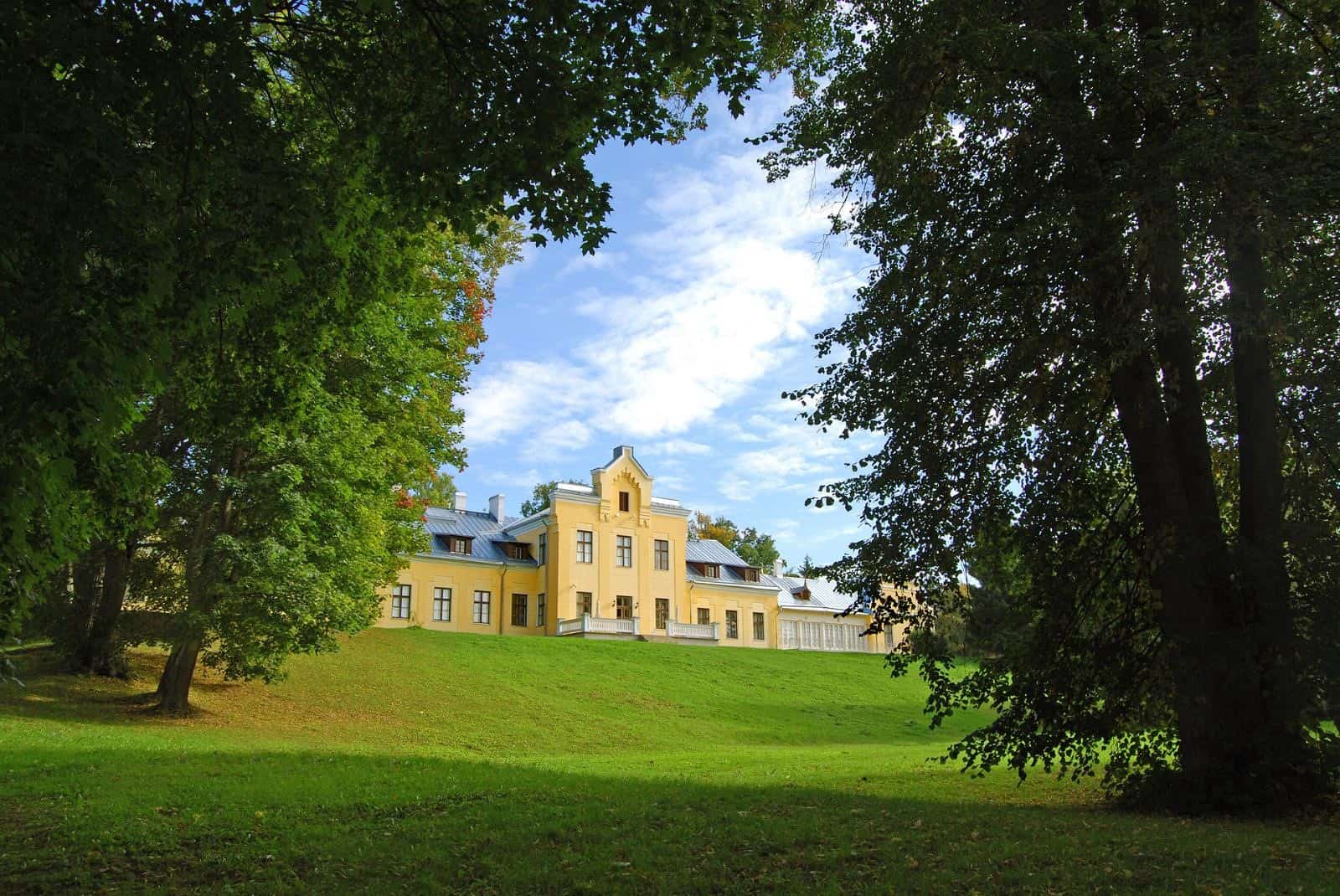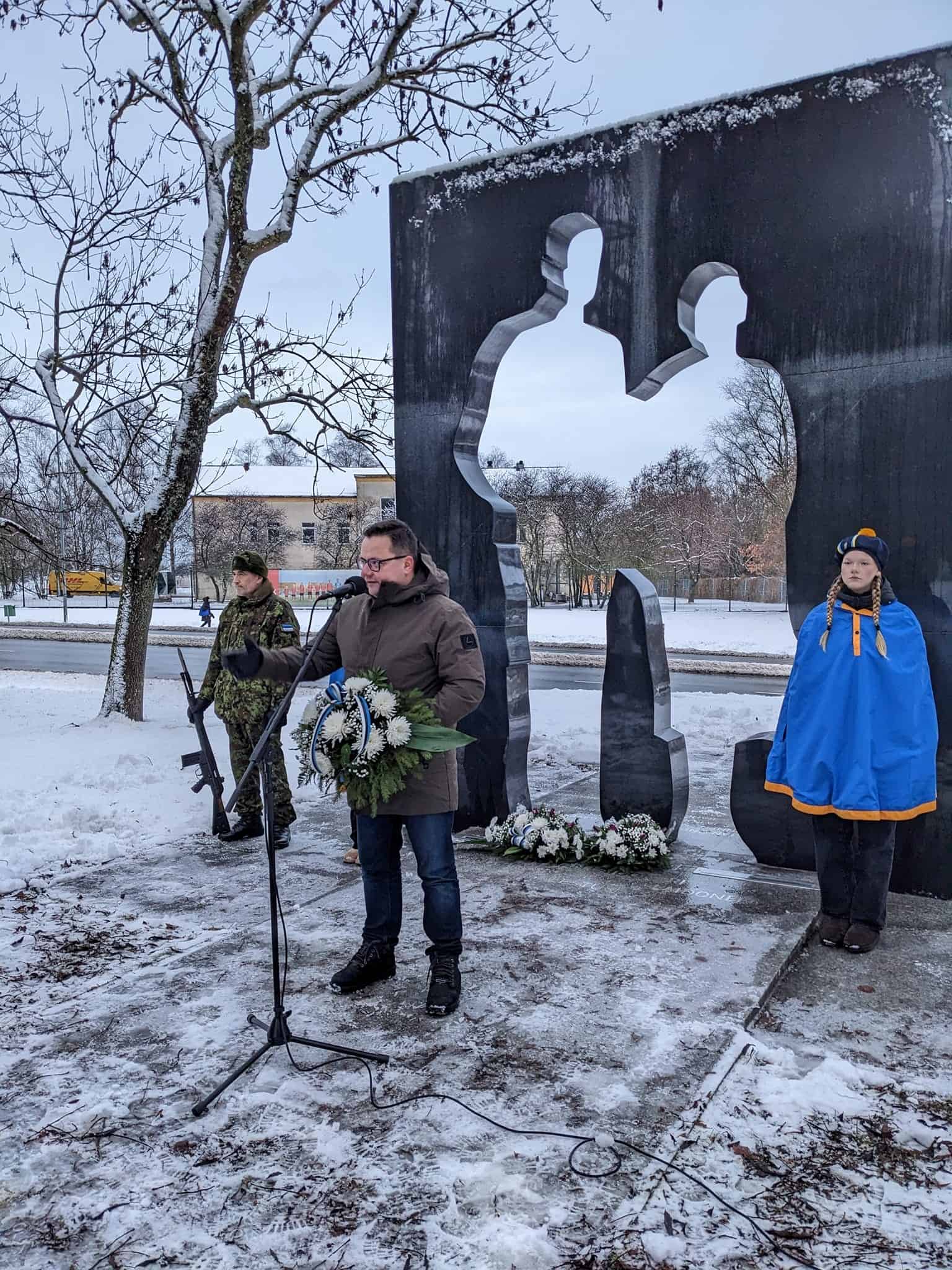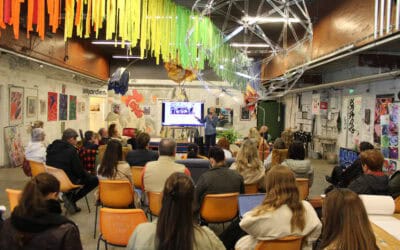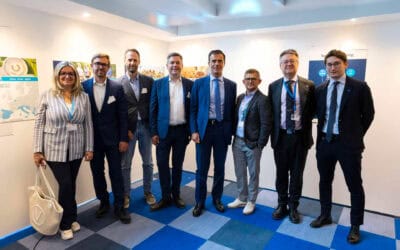30 March 2023
How Baltic museums cope with crisis to console people in challenging times
Interview with Patrick Rang from the Estonian War Museum General Laidoner Museum
Written by Anna Zaccaro
The resilience of societies and institutions in the Baltic Sea region was significantly tested during the COVID pandemic and will face even a greater challenge at the time and after the war in Ukraine. Patrick Rang from Estonian War Museum General Laidoner Museum tells us what they expect to accomplish thanks to EU funding and the Interreg Baltic Sea Region support.
Why have you decided to lead this project?
We had an idea that we wanted to implement in our museum. As it met the objectives of BSR Interreg programme, we submitted it to the Interreg Baltic Sea Region matchmaking platform. And we found some interested organisations from abroad with whom we formed a partnership.
At the beginning, we were actually quite hesitant to lead the project because we haven’t the experience to run an Interreg co-financed project as the lead partner. We only had such project experience as a partner in the past. And we are also a small museum with only 20 staff members. So we were wondering whether we would be the best possible lead partner, but other partners encouraged us. So we said, well, why not?
#DidYouKnow
The “Baltic Museum Resilience” (BaMuR) project will analyse how the cultural and memory institutions managed and overcame the latest crisis to ensure resilience from three perspectives: governance, business model and digital sustainability and economic sustainability. It will equip public authorities, NGOs and SMEs with a toolbox to help cultural and heritage institutions maintain their consolation role to people.
What is the challenge you want to address ?
The challenge that we want to address is how to make a museum, especially a small one, to better cope with any possible crises and challenges. They can be larger or global ones, like the COVID pandemic. Or they can be regional, but still having a global impact, like the war in Ukraine. Although we are a state museum under the Ministry of Defense, we still have to find, for example, extra financing or ways how to survive in difficult times and provide services for our customers, for our clients, for our visitors, for other researchers. So, we gather the best experiences from abroad from other museums, analyse them, develop new solutions based on the ideas that we get, and then pilot them. And if everything goes like we have planned then after the project, the results of those pilots will be integrated into our daily work. But the short answer to your question would be: how to discover the ways and means to make culture institutes cope in difficult times.
Why do you need a transnational project to tackle your challenge?
Estonia is a small country, as so is our museum. We know very well the other museums and work with them quite closely – not only in the military field, but with all museums in the country. But we think that a similar project organised only within Estonia would have been too limited or too focused on certain situations that we all share here. So, we need a broader approach to these issues. Thus, we now have partners from Sweden, Poland, Lithuania and Finland to get a much wider, more representative results.
#DidYouKnow
The partnership consists of organisations from five Baltic Sea region countries: Estonia, Sweden, Finland, Lithuania and Poland, having various backgrounds and experiences. The partners include memory institutions, such as the Estonian War Museum, the Museum of Västervik, or the Forum Marinum Foundation – which are the main target group of the project- but also regional development agencies, such as the National Regions Development Agency, and NGOs, like the Balteus Foundation.
What will be the result of your project? Who will benefit from these results?
Right now, we are conductinga survey among the museums in all five countries. Then we will analyse them, and based on results, we will develop a toolbox. We will test it in the three participating museums. The toolbox, the solutions, and the results of the pilots we will make public to all participants and to all participating countries. Of course, other countries can as well take a look at them, if they are interested.
So the first real beneficiaries are museums, then, of course, those who benefit from the work of museums, that is our visitors, students, researchers and so on. We also think that we will be able to attract more tourists if we improve our services: a more interesting museum can attract more visitors also from abroad. this is a good thing to improve the socio-economic situation of the country and for the benefit of the whole population.
#DidYouKnow
Based on the best practices already implemented, relevant research and peer reviews BaMuR project will develop a toolbox with solutions for the institutions: what and how to do. The toolbox will help to sustain the institutions but also provides additional resilience opportunities for the whole society during a crisis – but the principles could also be applied at any time for improving the organisation’s performance and helping to achieve its goals. The toolbox will be piloted and adopted during the project and made available to all respective institutions in the BSR.
What do you think will be most challenging for the implementation of the project?
I think that involving other Estonian museums or their Estonian stakeholders is quite a challenge, not because they are not interested; it is because they cannot further engage due to a remarkable amount of workload. They have their own plans and activities they have to carry out – especially in the summer, which is the main museum season. And we come in with our ideas, with our plans and requests to do things and meet the deadlines.
And what do you think will be most exciting about it?
First of all, we get to know what the other museums have done during the recent crisis , what kind of new ideas and innovations they have developed. And on the other side, it is exciting to work closer with partners from around the Baltic Sea region. Taking into account the military heritage of the region, we have been connected for almost a millennium, have had similarities but, at the same time, we address historic events from different points of view.. And getting to know these differences is very exciting for us.
More recent news
Bringing Communities Together for Sustainable Change
16 July 2025 Bringing Communities Together for Sustainable Change written by Anna ZaccaroOn 22 May 2025, we had the unique opportunity to explore...
How transnational cooperation is building Europe´s future with youth
Explore how transnational cooperation is transforming Europe, from addressing climate change to fostering local economic growth. This exhibition highlights the powerful impact of collaboration beyond borders in shaping a stronger, more united future.
CompositeCircle kicked off in Lappeenranta: setting the stage for circular innovation
The CompositeCircle project officially launched with a multi-day kick-off meeting in Lappeenranta, Finland, bringing together partners from across...






